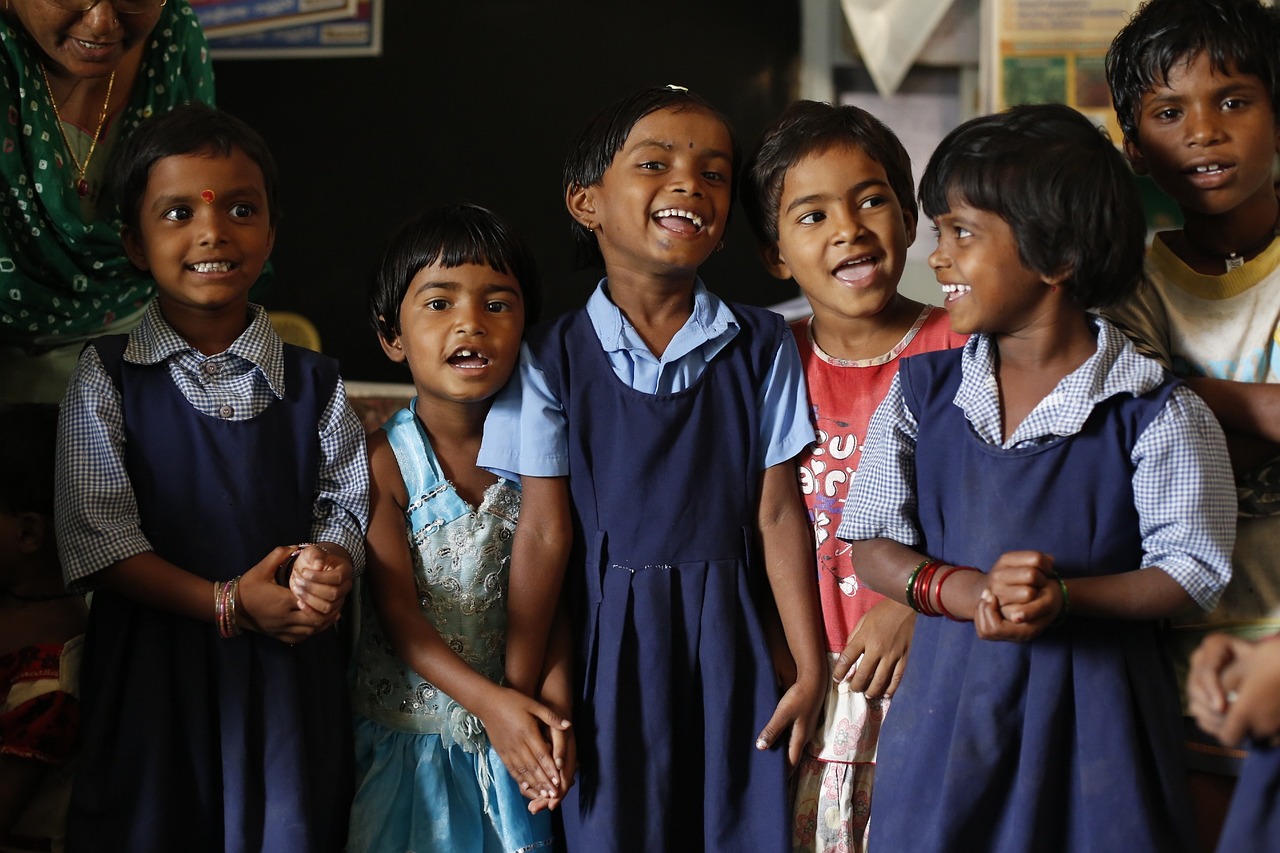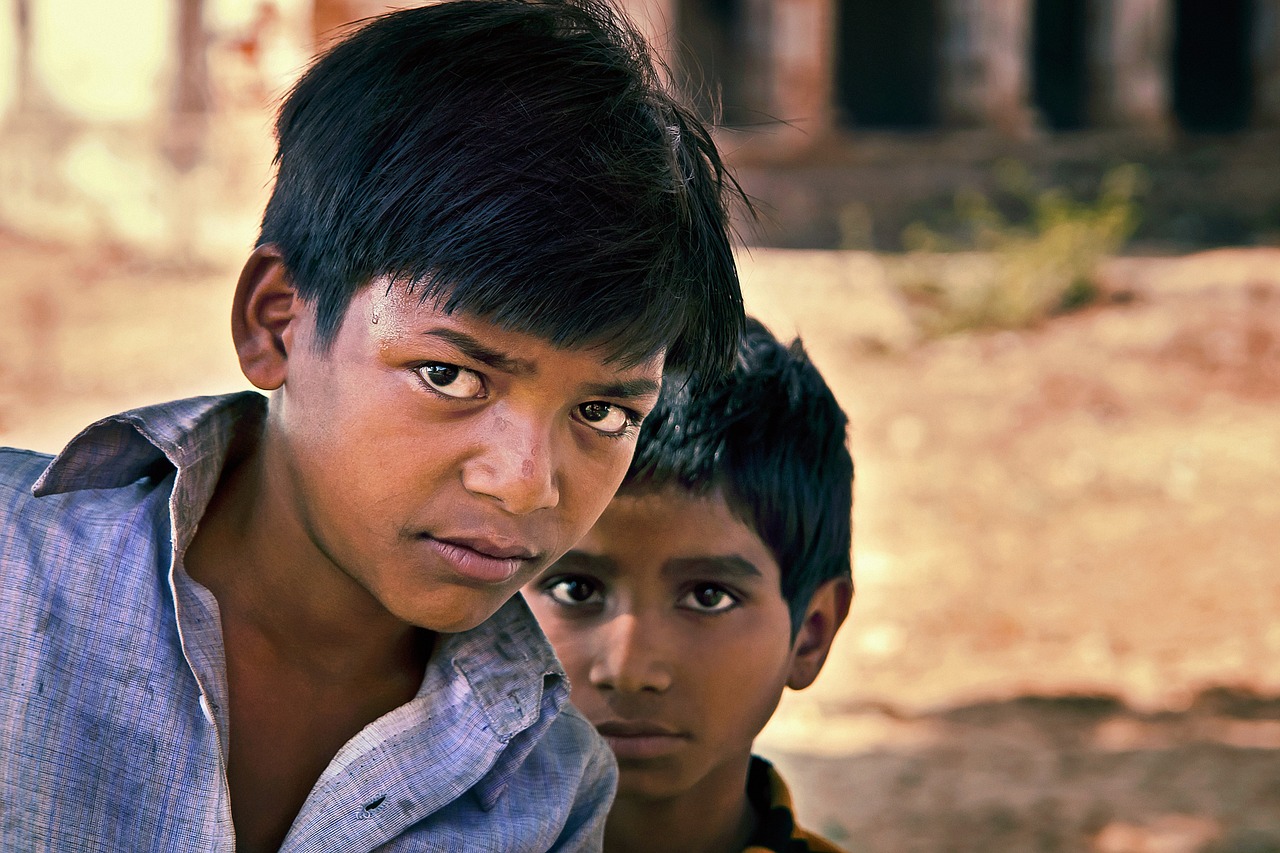Introduction.

Preface
Political trends and events have historically shaped Pakistani education. Politically and education interact in a complicated manner that typically reflects ideological changes within the nation and more general socioeconomic issues. The political developments influencing Pakistani educational institutions including the effect of political parties, government policies, sociopolitical movements, and foreign influences are investigated in this paper.
Contextual History
Recognizing Pakistan's historical backdrop helps one to grasp the present political tendencies in education. After gaining its freedom in 1947, Pakistan has gone through many political systems ranging from military dictatorship to democratic one. Every government carried its own educational programs, usually mirroring the military commanders' or the governing party's perspective. These laws have had a major influence on teacher preparation, curriculum development, and educational access. Under President Ayub Khan, for example, technical and vocational education was emphasized throughout the 1950s and 1960s in order to assist industrialization. But this strategy underlined liberal arts education, therefore dividing the field that still shapes educational patterns nowadays.
The Function of Political Parties
Educational policy in Pakistan are greatly shaped by political parties there. Often during election campaigns, the Pakistan People's Party (PPP), the Pakistan Muslim League Nawaz (PML N), and the Pakistan Tehreek-e-Insaf (PTI) have offered their educational ideas. Using education as a platform, these groups attract support by promising changes, more financing, better access to education, and so forth. Under Prime Minister Imran Khan, the PTI administration underlined in recent years the importance of a consistent education system in order to close the disparity between top private schools and public universities. A major first towards this aim was the adoption of the Single National Curriculum (SNC). But the execution of such plans has drawn criticism and difficulties that highlight the difficulties of turning political pledges into actual results in the field of education.
Government Policies and Reforms:
Direct effect of government policies on educational trends reflects typically the philosophy of the governing party. Under the SNC, Pakistan's educational system is moving toward a more centralized structure that reflects a larger tendency toward standardizing the country. This strategy seeks to provide a unified curriculum that all educational institutions, public or private, must use. Still, the drive toward homogeneity begs questions about regional and cultural variety. Many ethnic groups call Pakistan home, each with its own language and cultural legacy. Critics contend that a uniform curriculum may ignore these variations, therefore producing a homogenized school unable to meet local requirements. Furthermore unresolved is the distribution of money for schooling. Pakistan still struggles greatly in financing its educational system even with promises to raise budgets. Political unrest and corruption often take funds away from education, leading to poor infrastructure, a dearth of skilled instructors, and a dearth of necessary teaching supplies.
Social Political movements
Apart from official political parties, socio-political movements have become quite important agents in determining educational patterns. Often in reaction to perceived system inequalities, grassroots movements, student unions, and civil society groups have promoted educational changes. For instance, the 2012 horrible assault on Malala Yousafzai made clear how urgently girls' education is needed in Pakistan. Malala's narrative inspired support for projects meant to increase girls' access to education because she became a worldwide emblem for the right to it. Though major obstacles still exist, especially in rural regions where cultural barriers still exist, this movement has raised awareness of and financing for girls' education.
Global influences
Furthermore influencing Pakistani educational patterns is globalization. Funding programs and educational policies are greatly shaped by foreign agencies as UNESCO, UNICEF, and the World Bank. Often advocating themes like inclusive education, gender justice, and quality assurance, these groups advocate changes compliant with international standards. Still, the impact of foreign players might have two-edged results. Even although they can provide much-needed tools and knowledge, their methods may not always fit local requirements or cultural setting. Sometimes local populations oppose the introduction of foreign educational paradigms as they can see these projects as an attack on their cultural identity.
Present Difficulties
Though political patterns are influencing Pakistani education, some ongoing issues impede development. Among the most urgent problems is availability of high-quality education. Particularly in rural regions, where cultural and financial obstacles keep families from sending their children to school, millions of youngsters still lack education. Constant political unrest aggravates this problem and sometimes results in disregard of educational priorities. Furthermore, Pakistan's educational quality still varies greatly. Public schools can lack modern curriculum, poorly qualified staff, and enough funding. On the other hand, premium private institutions provide excellent instruction but are only available to a limited audience. This difference underlines socioeconomic inequities and compromises attempts to establish a more fair educational system.
The direction of Pakistani education
Looking forward, the capacity of political leaders to give educational reforms top priority and solve fundamental issues will determine the direction of Pakistani education. Policymakers are realizing more and more that sustainable development can be attained by investing in education. Particularly Goal 4, which stresses excellent education for everyone, the Sustainable Development Goals (SDGs) provide a structure for legislators to match their activities with world norms. Moreover, making sure that changes are relevant and successful depends on including local communities and civil society into the educational process. More responsive and inclusive educational policies result from cooperative methods including teachers, parents, and students in decision-making.
Conclusion
In essence, a complicated interaction of historical legacies, party politics, government policies, sociopolitical movements, and overseas influences shapes political trends in education in Pakistan. Even while much progress has been achieved recently, there are still difficulties especially in guaranteeing fair access to high-quality education for everyone. The future of education in Pakistan will be greatly shaped by the government leaders' desire to give education top priority and by active participation of civil society. Hope is that education will become a uniting factor as the nation negotiates its political terrain, enabling next generations to help to create a more rich and fair society.



You must be logged in to post a comment.